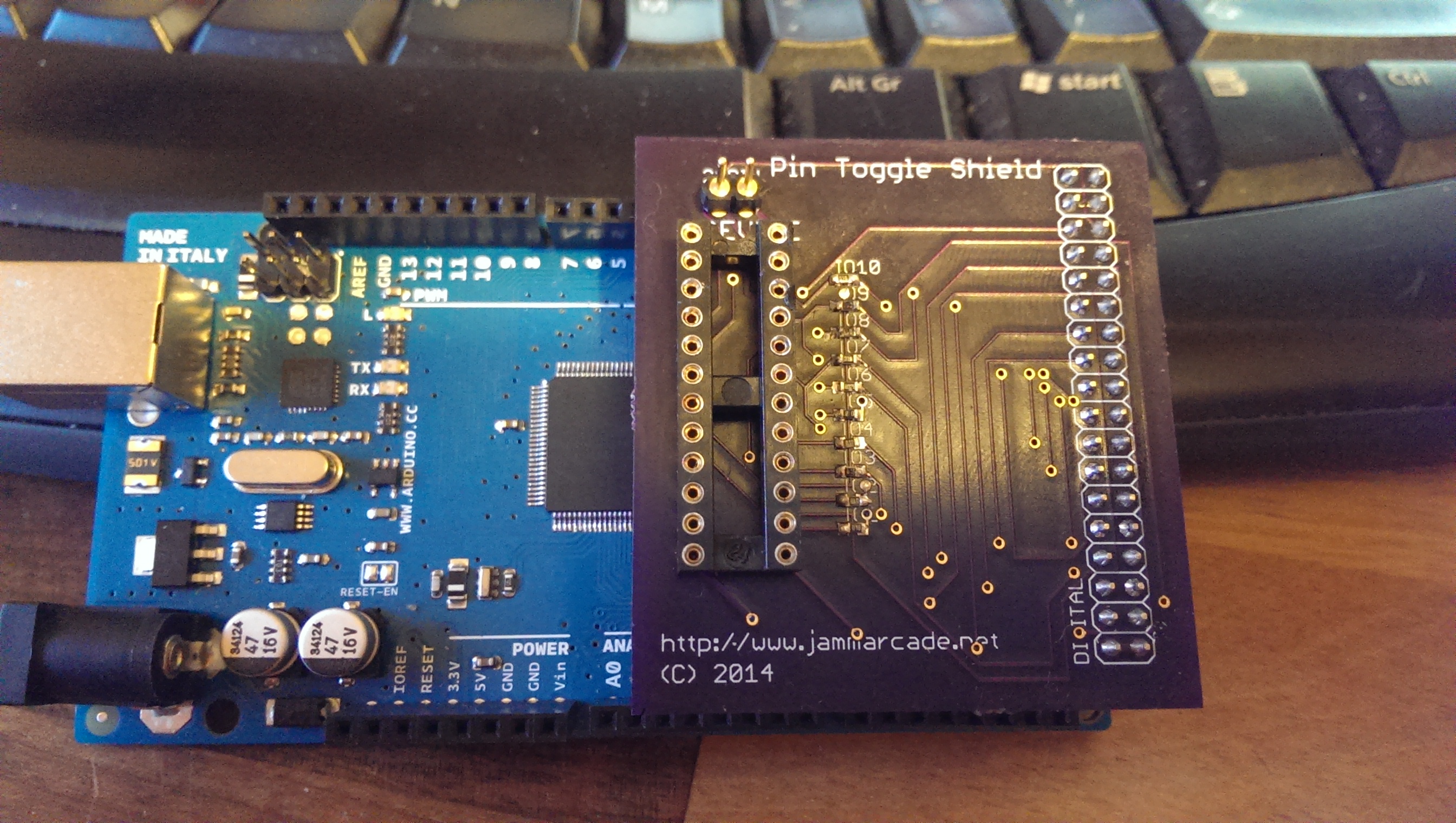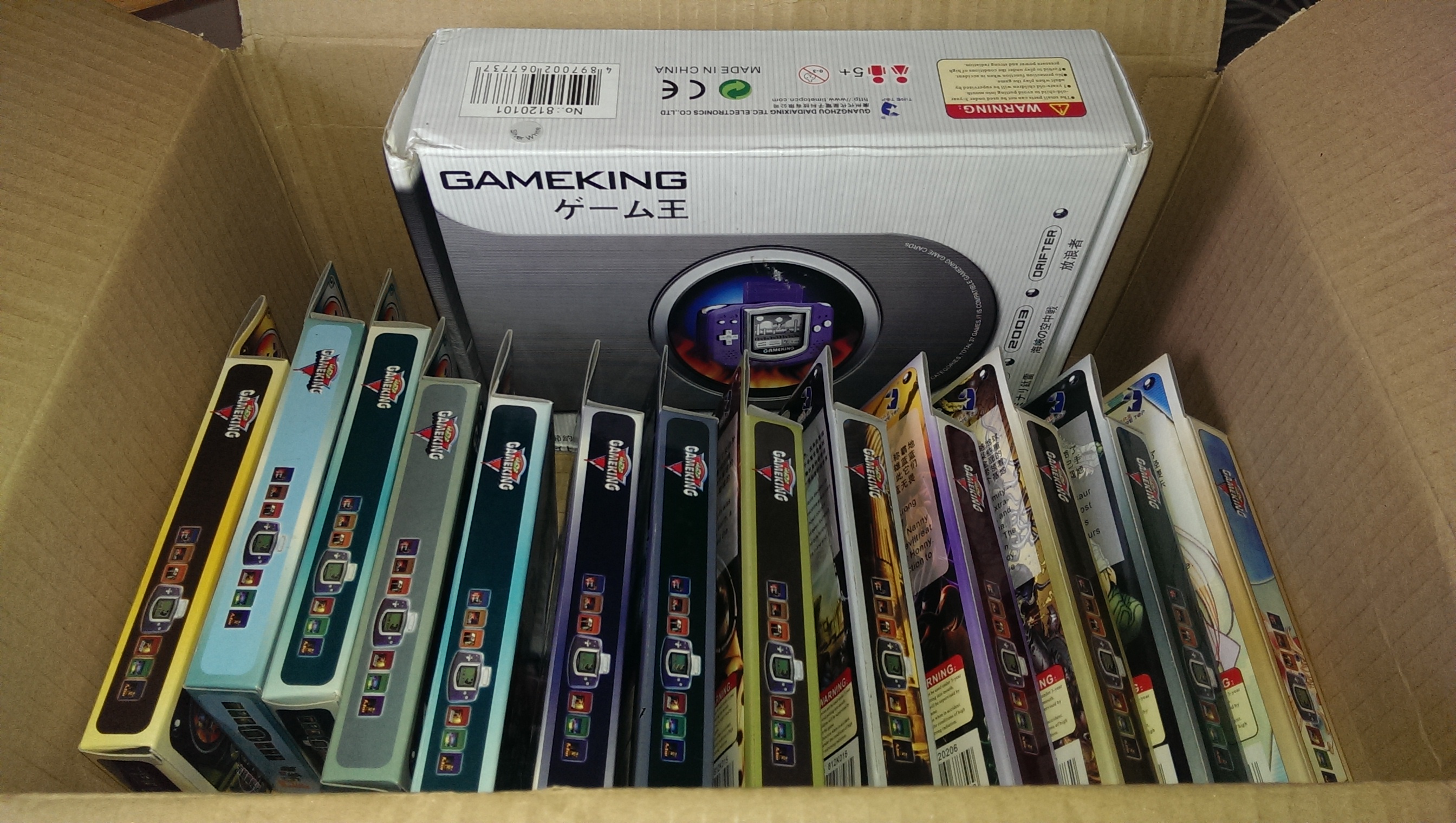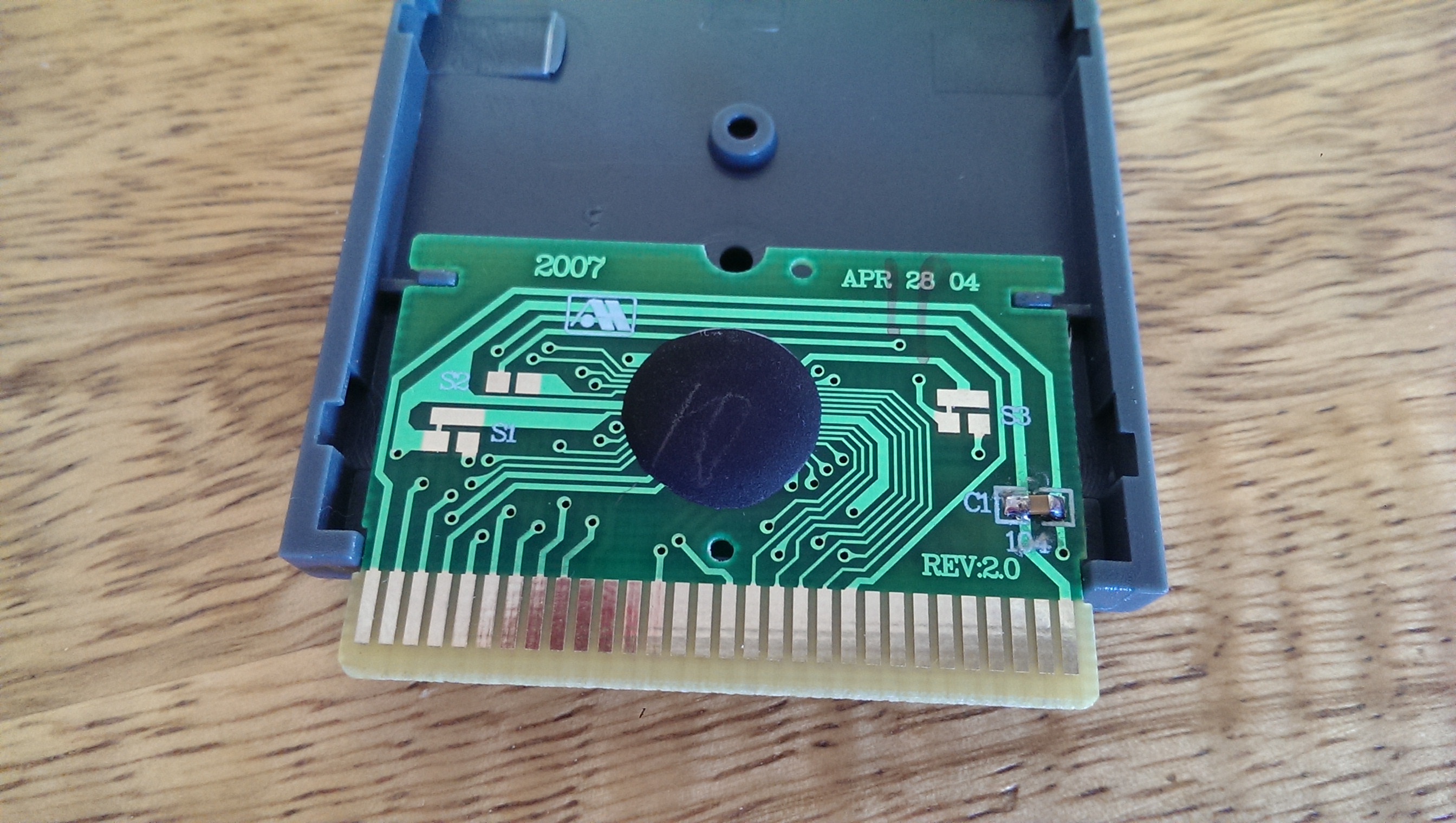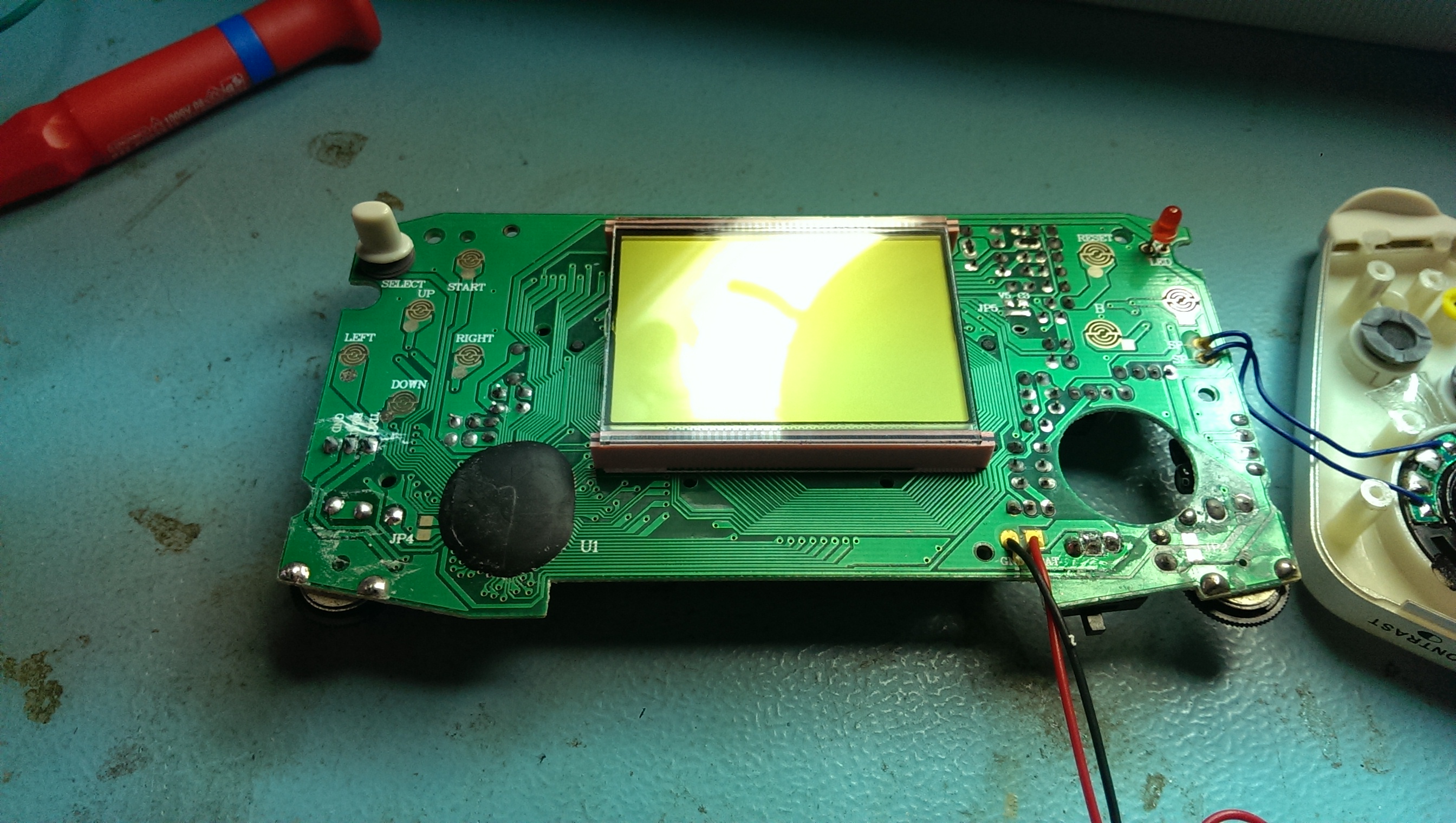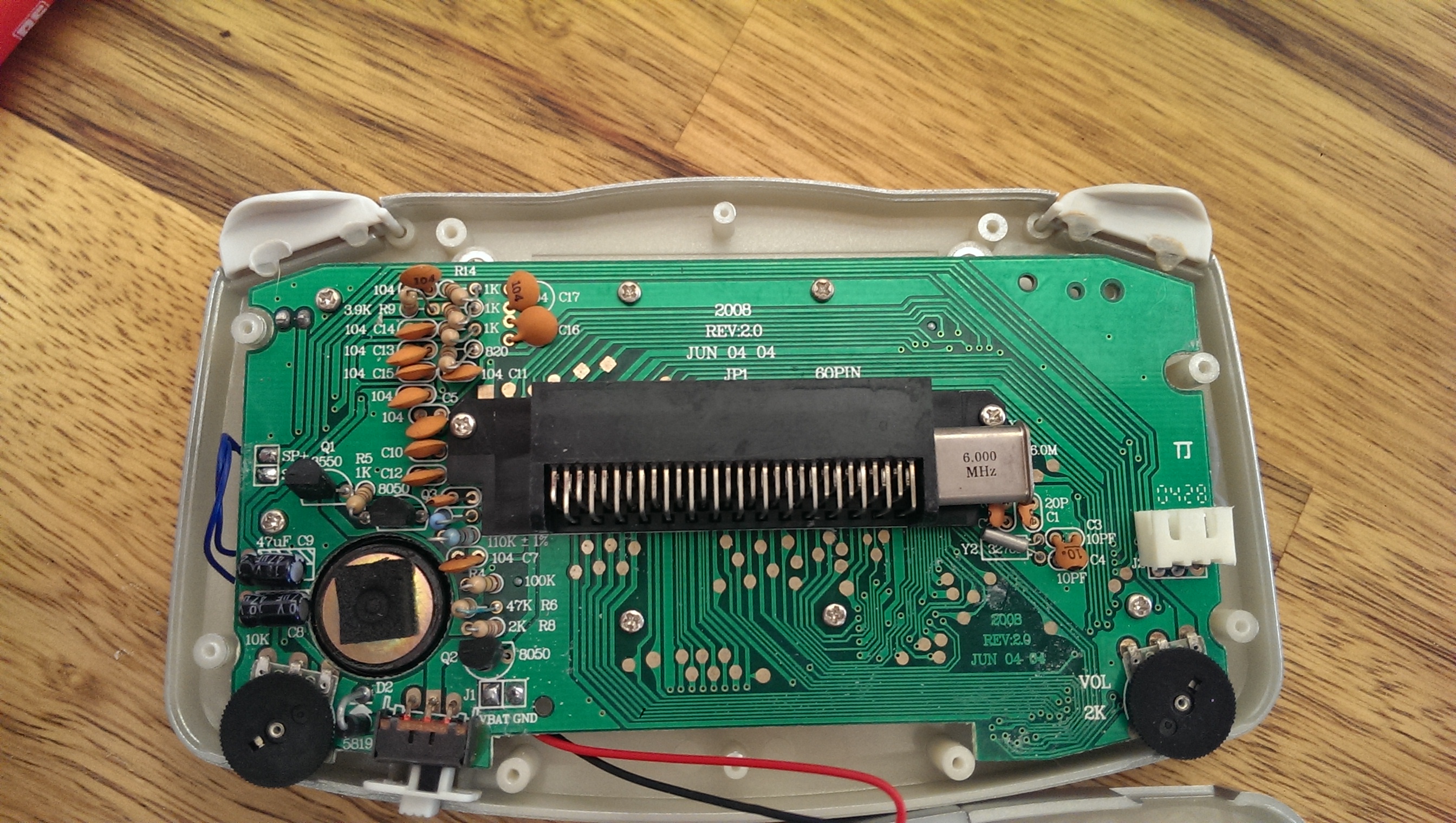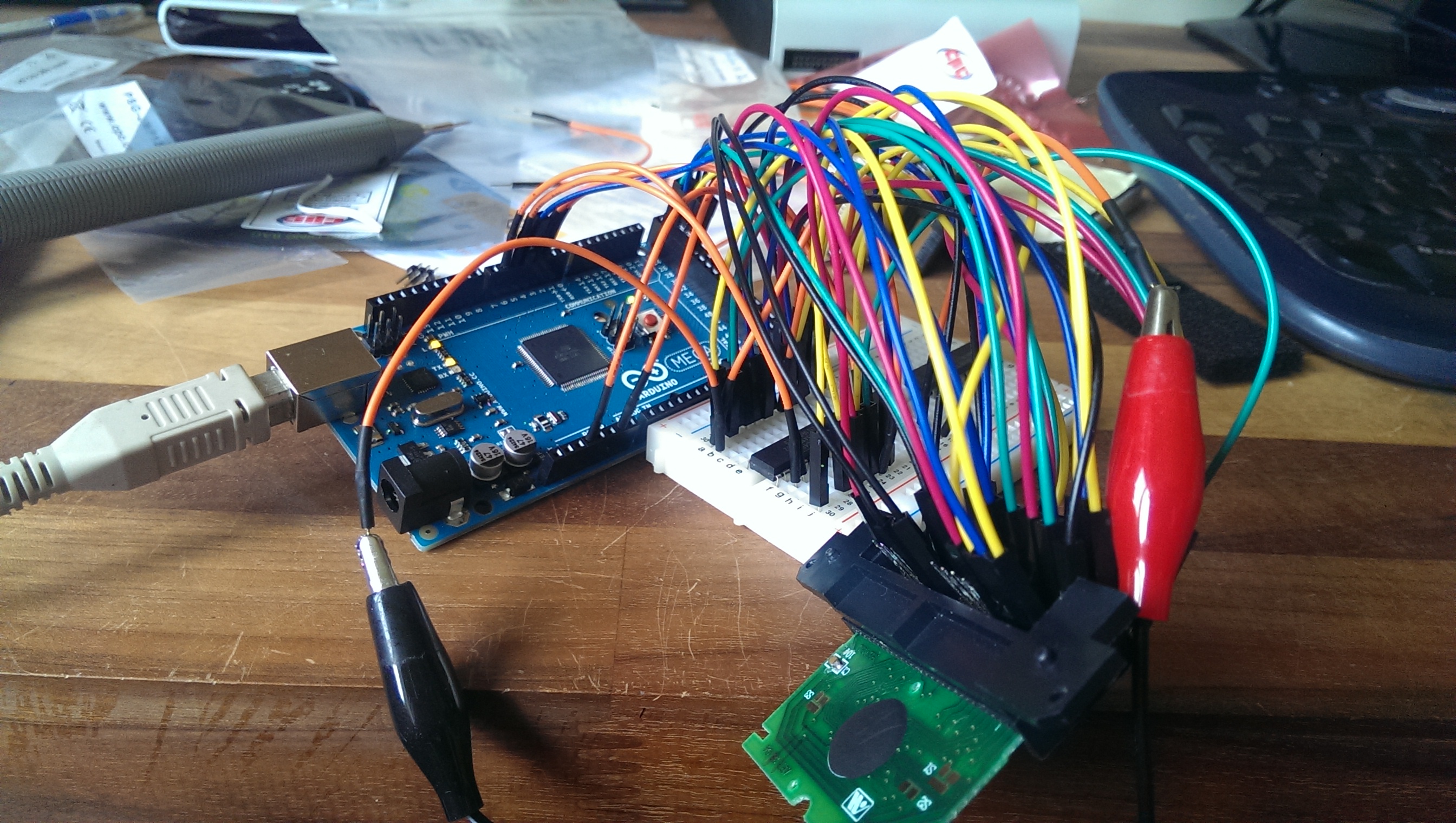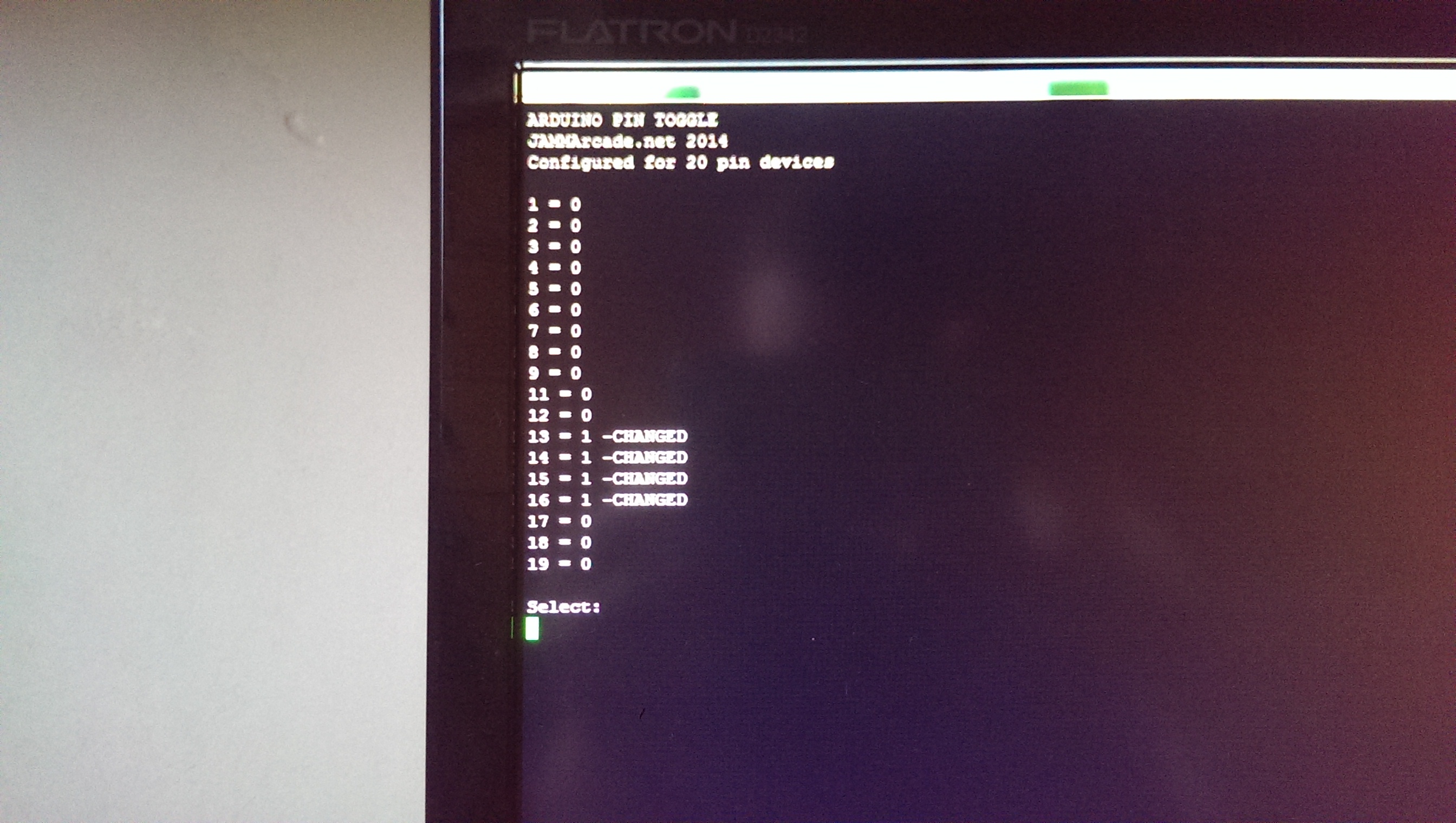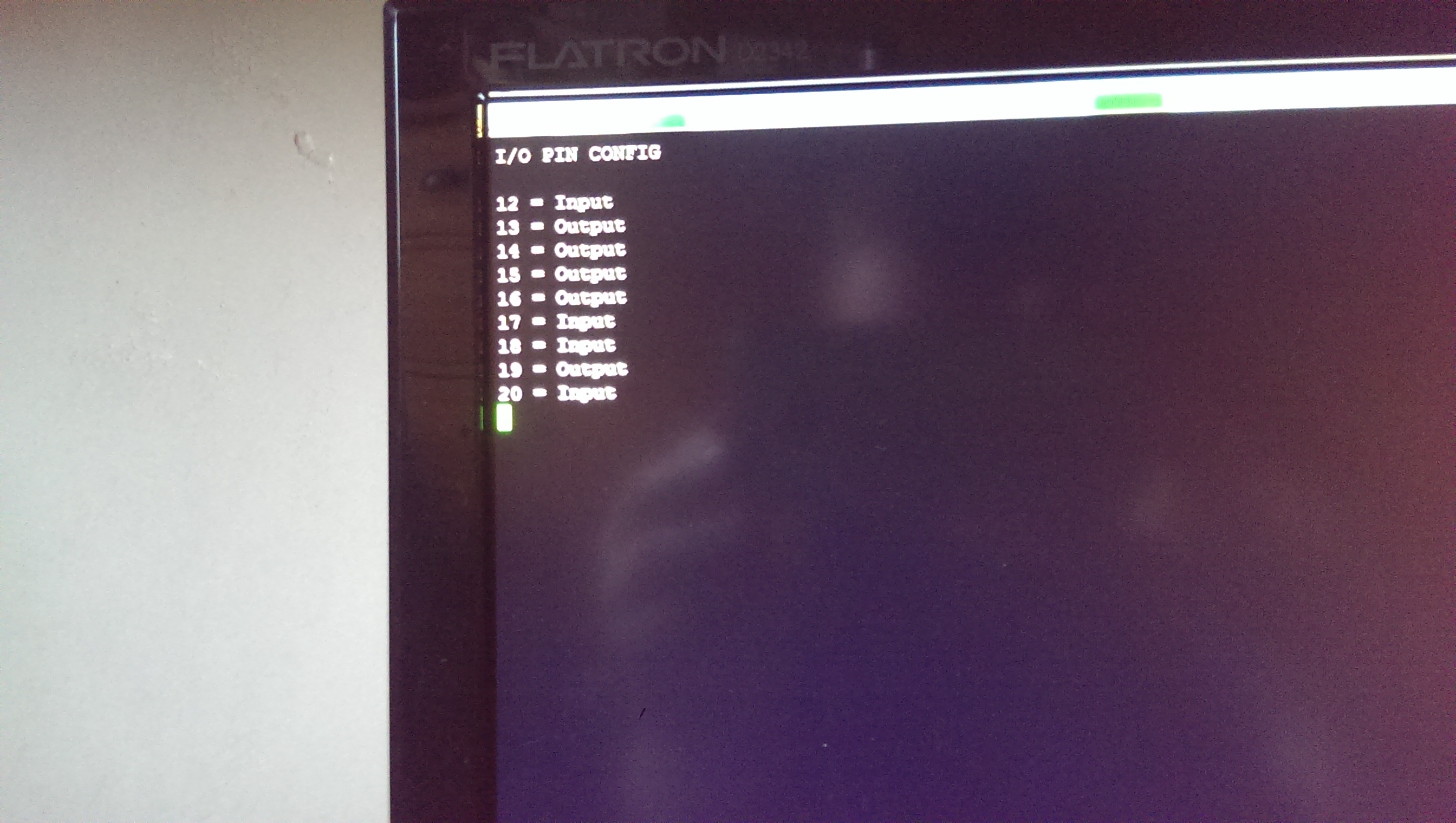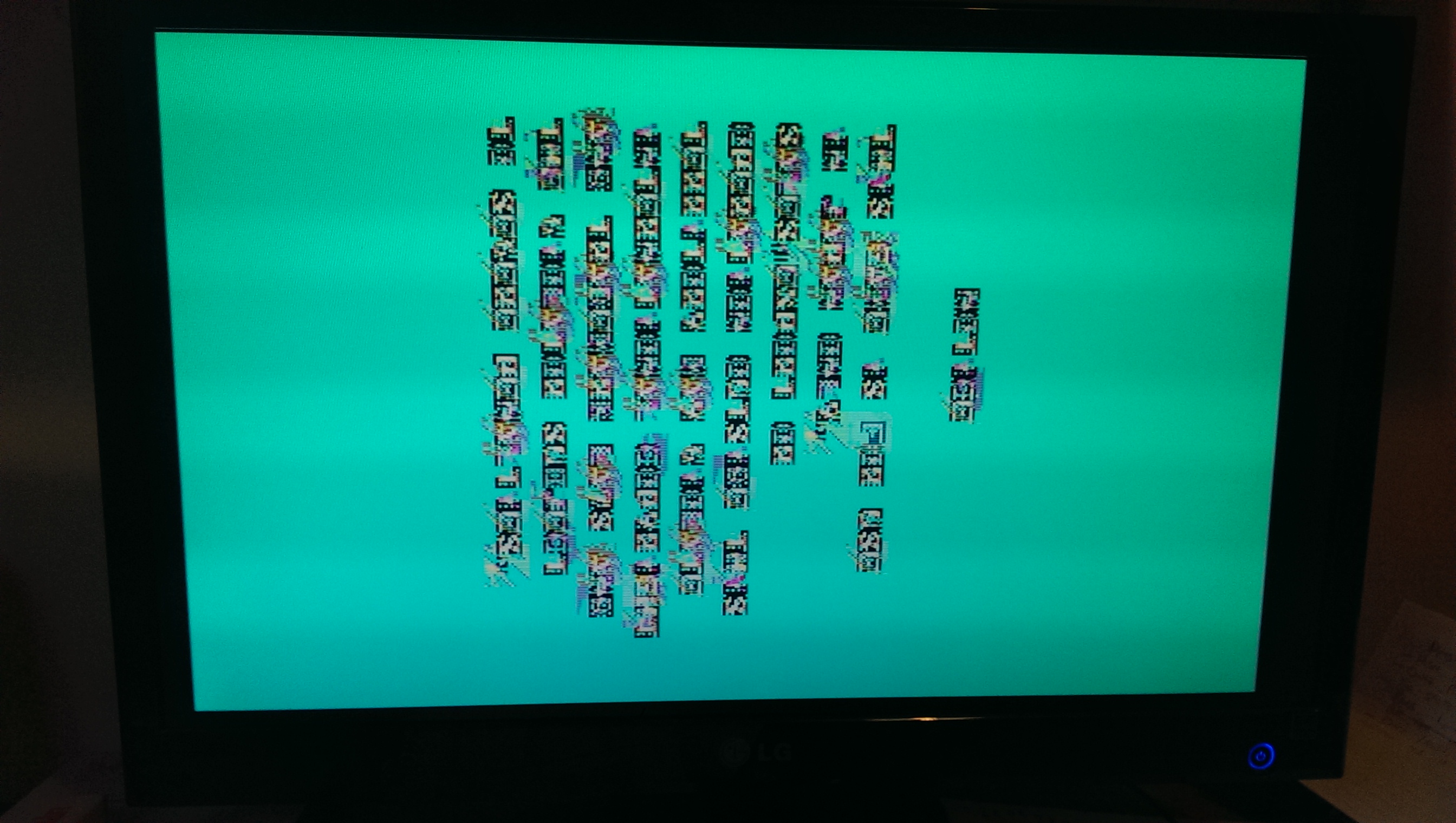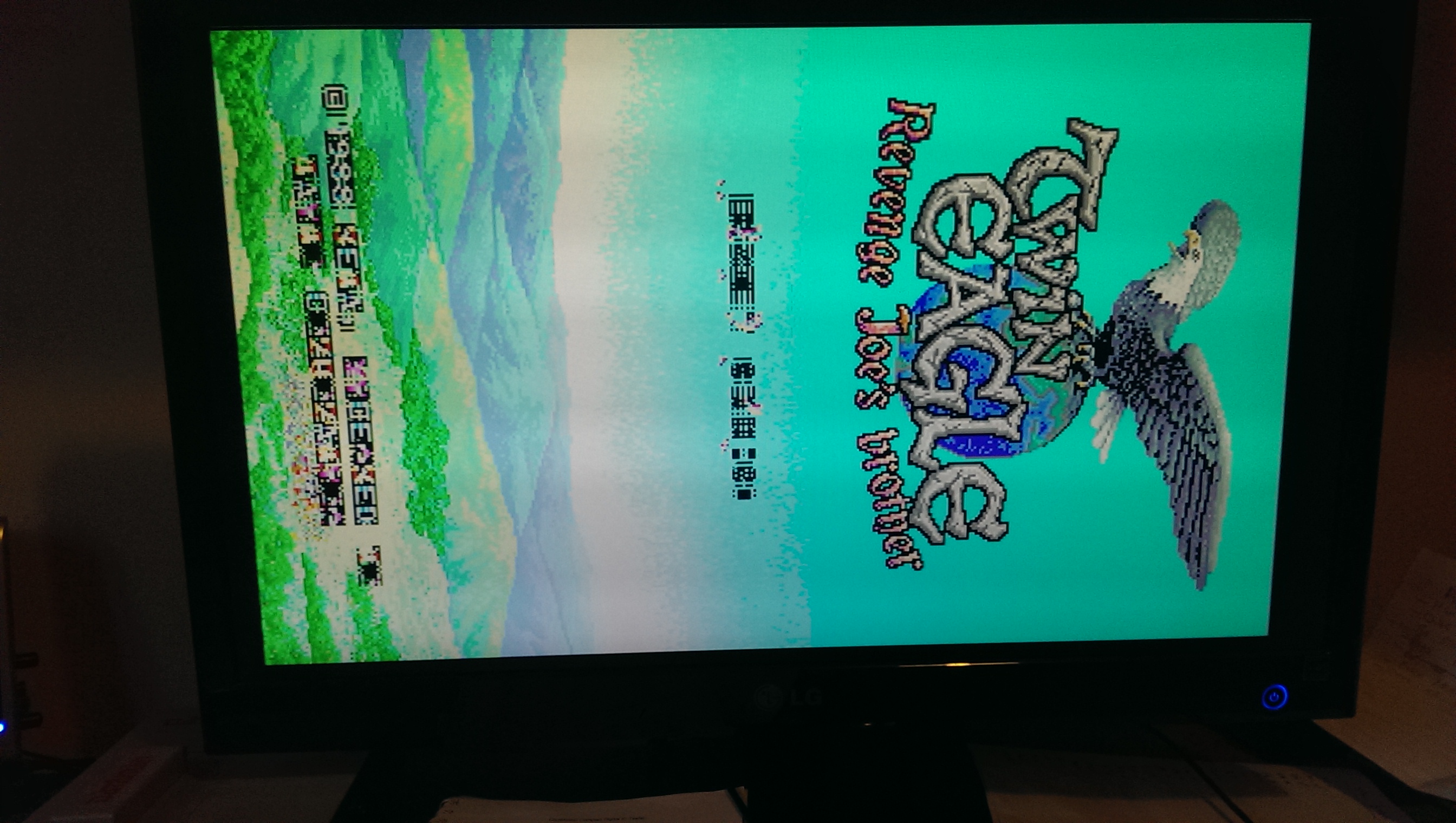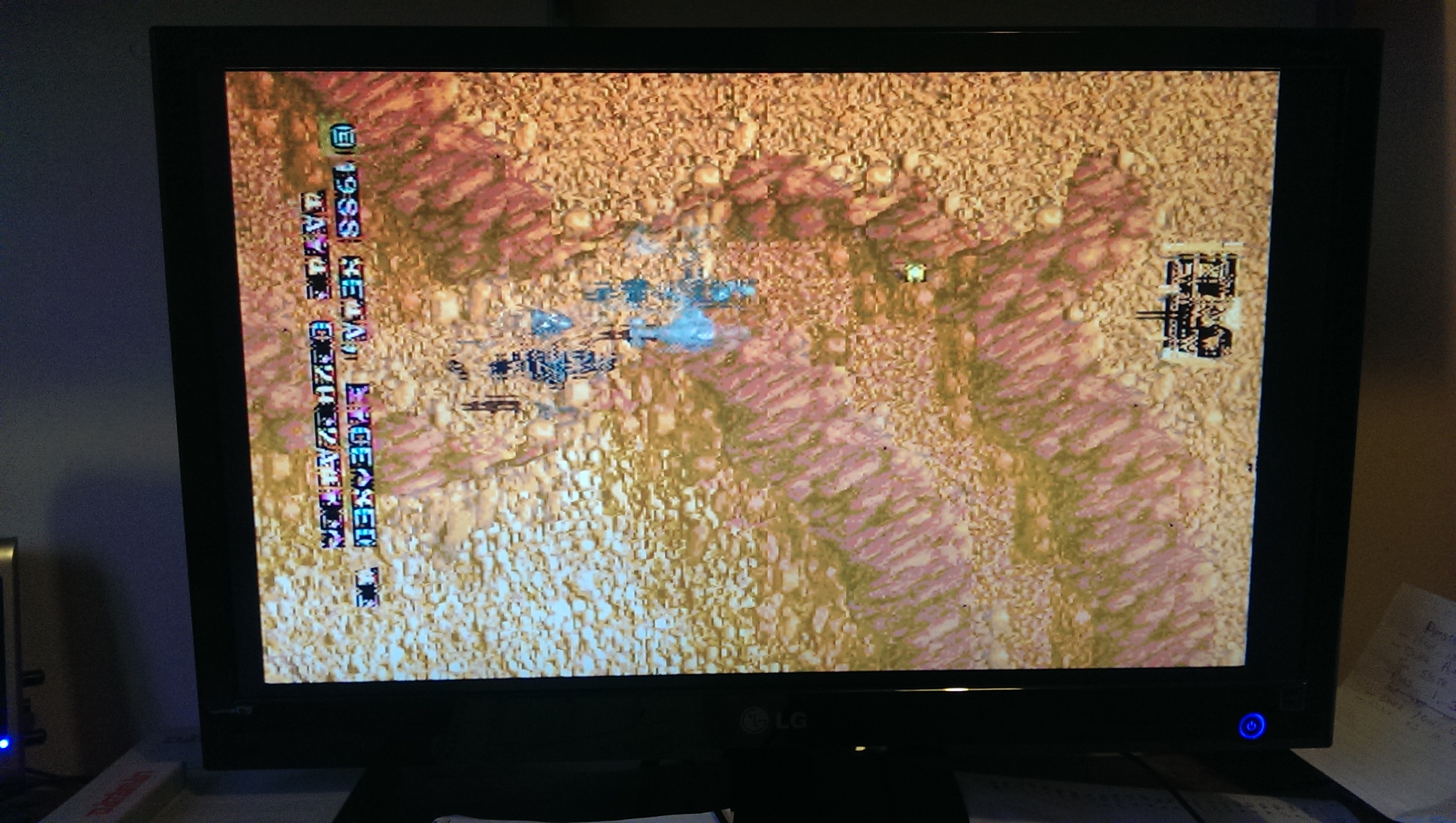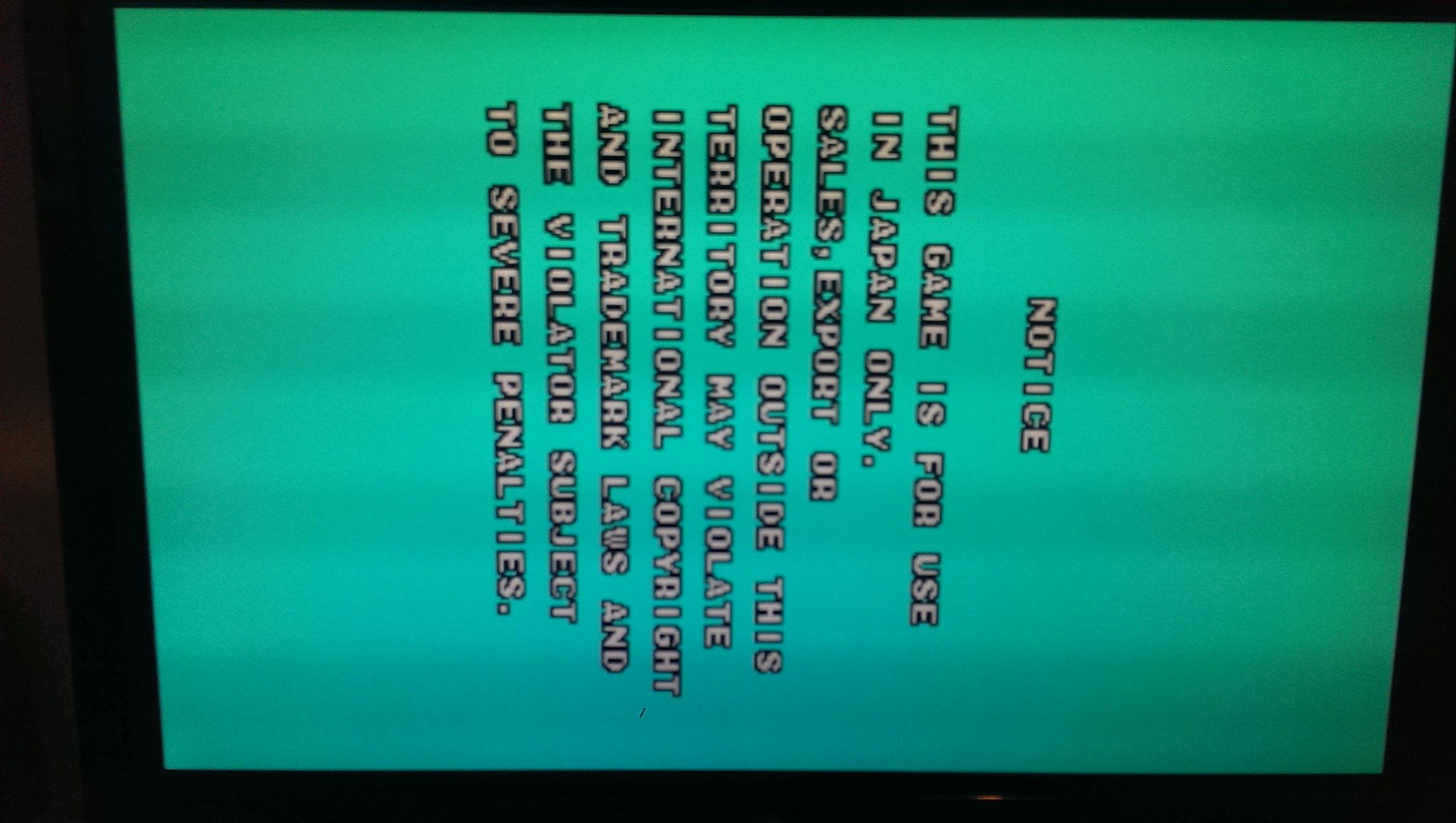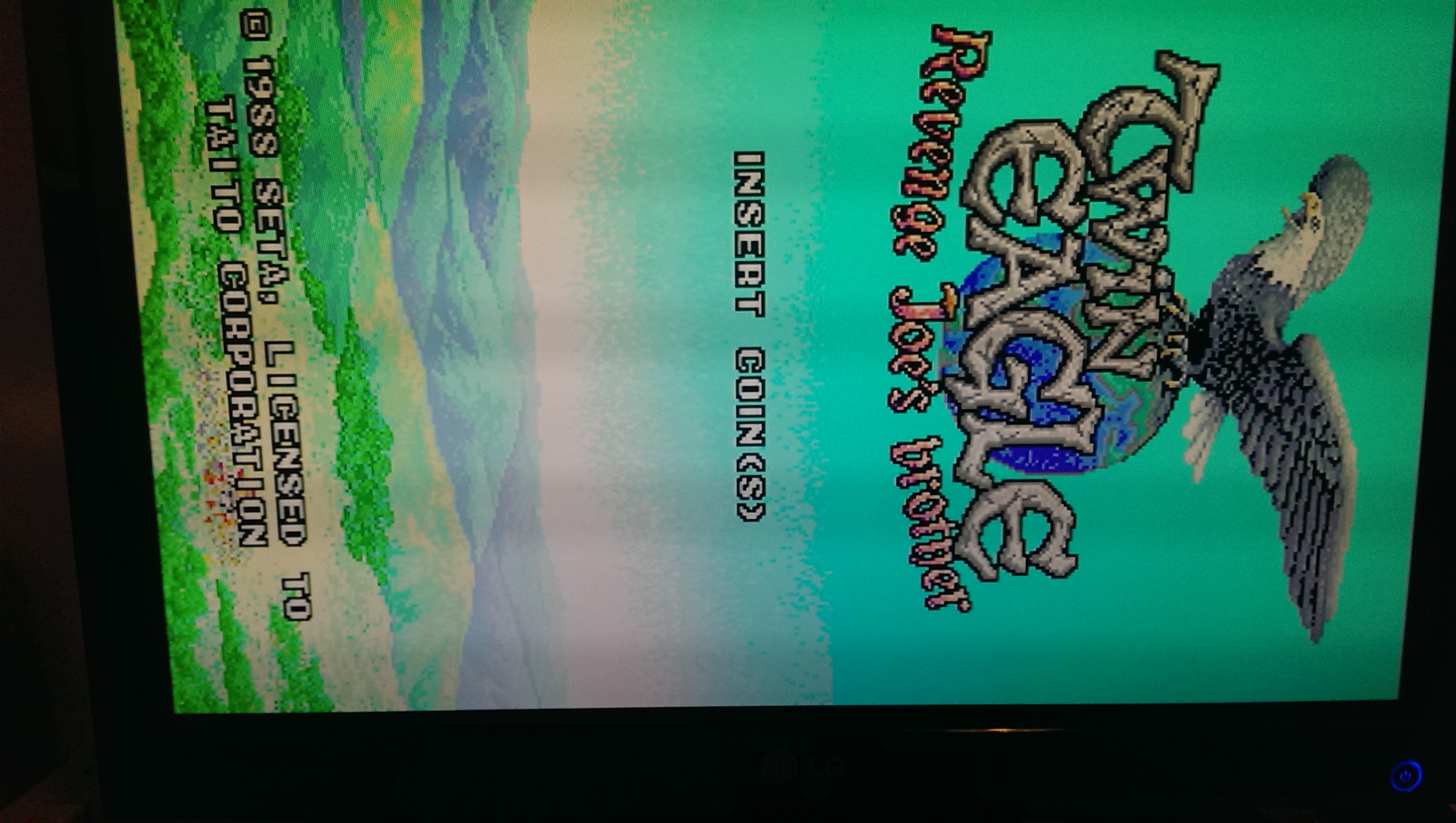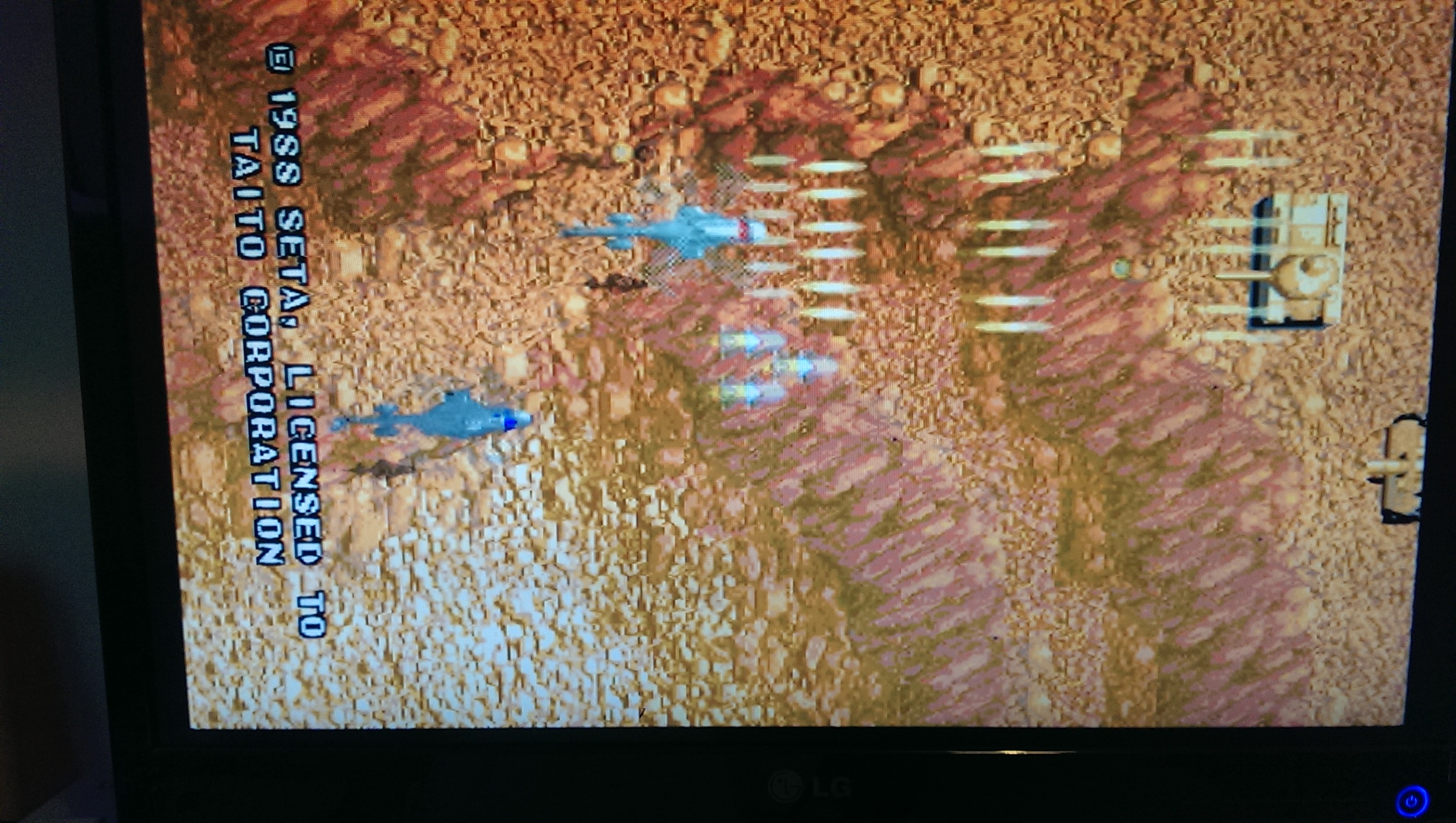Got my hands on a Gameking with 13 games recently.
The Gameking is a bad handheld device from the East and all the games are a ripoff of something already released.

This little project represents the first attempt at I made at dumping a ROM using the Arduino.
It’s also the first time I used the 74HC4040 to generate the addresses. I used these binary counters because they offer 12 outputs and it only uses 2 outputs from the Arduino. They are also tolerant of both 3.3v and 5v so interfacing with different voltage chips is a lot easier.
On with the dumping.
There is a guy called Brian Provinciano that once had a website that contained a lot of nice information about the Gameking. Fortunately it can still be found here

So armed with the pinout this should be easy right? Nope. The physical cartridge pinout is a 2×30 pin affair and I could not find one. Nothing left to do but desolder the original cartridge connector from the Gameking unit itself.



So now I have everything I need. Time to hook this thing up and test it out.

I had each byte spit out to the serial port and then used my makerom.exe program to create a binary file the log file.
The end result looks pretty decent. I can see the header of the file.


I can also see all the game graphics using Brian’s editing tool available from the link above.
Unfortunately that’s as far as I can go with it for now as there are no emulators available. There is one for the NDS but its worthless in terms on usage.
This was a great project that was pretty easy to build.
